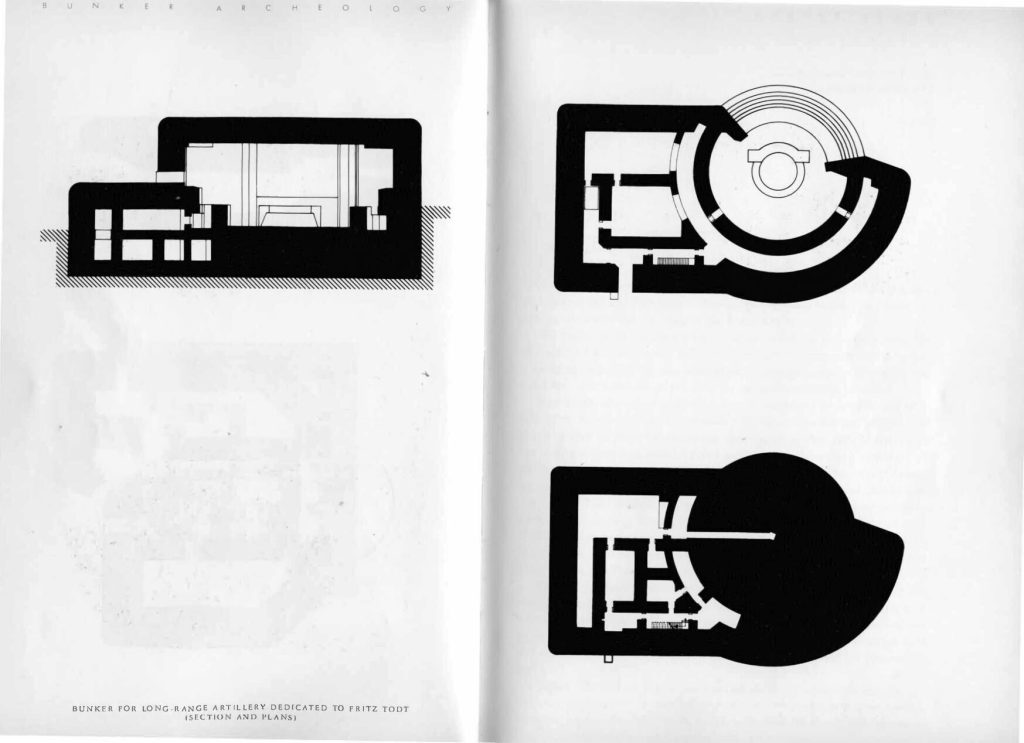
This is the second part of my reflections on Virilio’s Bunker Archaeology and which sections are resonating with my research.
He writes about the materiality of concrete and how a poured substance can create this sense of claustrophobia and imprisonment:
“It is the coherence of the material itself that must assume this role: the centre of gravity replaces the foundation. In concrete casting, there are no more intervals, joints, everything is compact; the uninterrupted pouring avoids to the utmost the repairs that would weaken the general cohesion of the work. (p47).
‘Their grey cement relief was silent witness to a warlike climate’ (p12).
Although the bunkers themselves are solidly anchored into position, unable to move and or be impacted by events on the ground, Virilio knows that it’s the speed of the things that they are controlling that is at the core of their power. He focuses on the trajectory of weapons, how quickly they are able to move, and the battle for speed.
‘At the heart of combat’… “a new infrastructural-vehicular system always revolutionizes a society in overthrowing both its sense of material and its sense of social relationship” (p19).
It seems for him that it’s the speed of trajectory that is crucial. And related to this is the miniaturisation of space, of making distances feel shorter and easier to travel across. It ties into the omniscient, all-seeing systems of satellite observations, of mapping technologies, and geospatial tools of control.
“A homogenizing process is under way in the contemporary military structure, even inside the three arms specifications: ground, sea, and air is diminishing in the wake of an aeronautical coalesce, which clearly reduces the specificity of the land forces…(T)he volumetric reduction of military objects: miniaturization” (p18).
Finally, he makes a broader point about how technologies of speed and travel are related to the desires of military activities:
“It should never be forgotten that the ancestor of the automobile, the log transporter of the military engineer Nicolas Joseph Cugnot, during its first trip from Paris to Vincennes, was hauling a cannon” (p47).